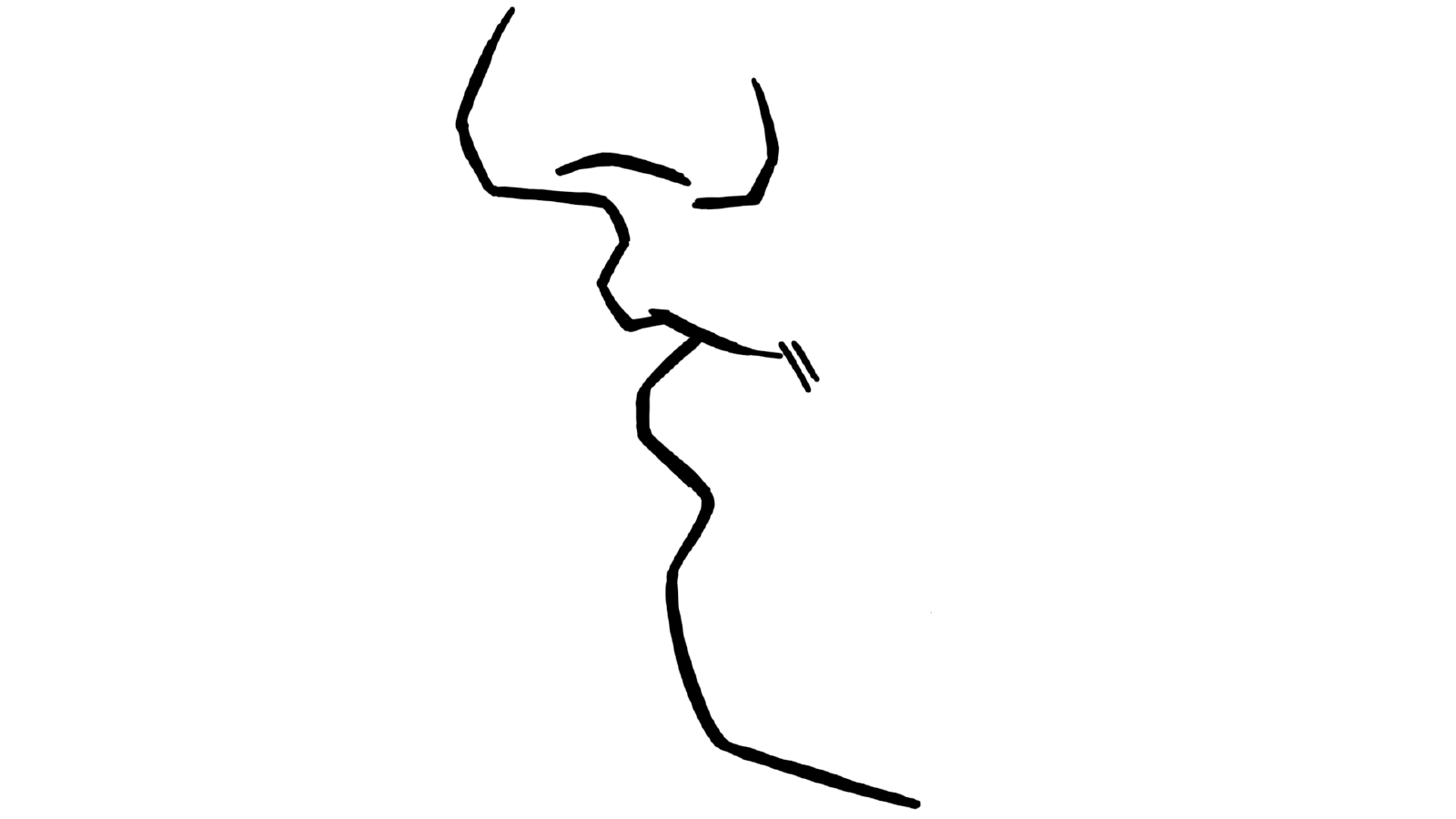#22 - The Media You Consume And The Things Your Senses Experience All End Up In Your Art - Curate Your Input To Control Your Output
Pay attention to what you pay attention to!I soon figured out that it wasn’t for me. To be an editorial cartoonist, you have to make yourself angry every day, and I am just not like that.
As an artist, you control what you expose yourself to.
I discovered that American editorial cartoonists read their newspaper—one of the eighteen hundred in their country and respond to what they read. But because newspapers buy syndicated news, all the editorial cartoonists in the entire country read the same news items.
And so they make the same jokes.
About the same subjects.I read an interview with Sempé and he said that he didn’t read the newspapers, and it suddenly made a lot of sense! His art is about his observations about the society in which he lives. He’s a reportage illustrator, showing the absurdity of life around him.
When artists make art, they respond to an experience they just had, something they saw, heard or felt. And as an artist, you control what you expose yourself to.
Now, choose at at least one that you feel might influence your art in a negative way, and remove that influence from your life for one day. Maybe there is something that is keeping you angry? Remove that and replace it with other experiences. See what happens.
Think of other things you would instead like to be the input of your creative brain. Maybe go for a walk, be in the moment while out, and experience it. Or maybe read a good book or have a conversation with a friend. Experience life, and then show us your view on things. Don’t respond to second-hand opinions on social media and in newspapers.
Carefully choose what inputs you allow yourself to be exposed to because these will show up in your work.
Related
I wrote in an earlier post about what you could, should, or should not listen to while creating art. This is also a form of controlling the sensory experiences you consume as they influence your work.
Another experience you can, and should, expose yourself to is art that inspires you. I wrote about the benefits of copying artists you admire .
Austin Kleon—of course— has a great blog post about creating a time or a place or both in our lives where we disconnect and just create. He calls it his Bliss Station which I think is a great name!
